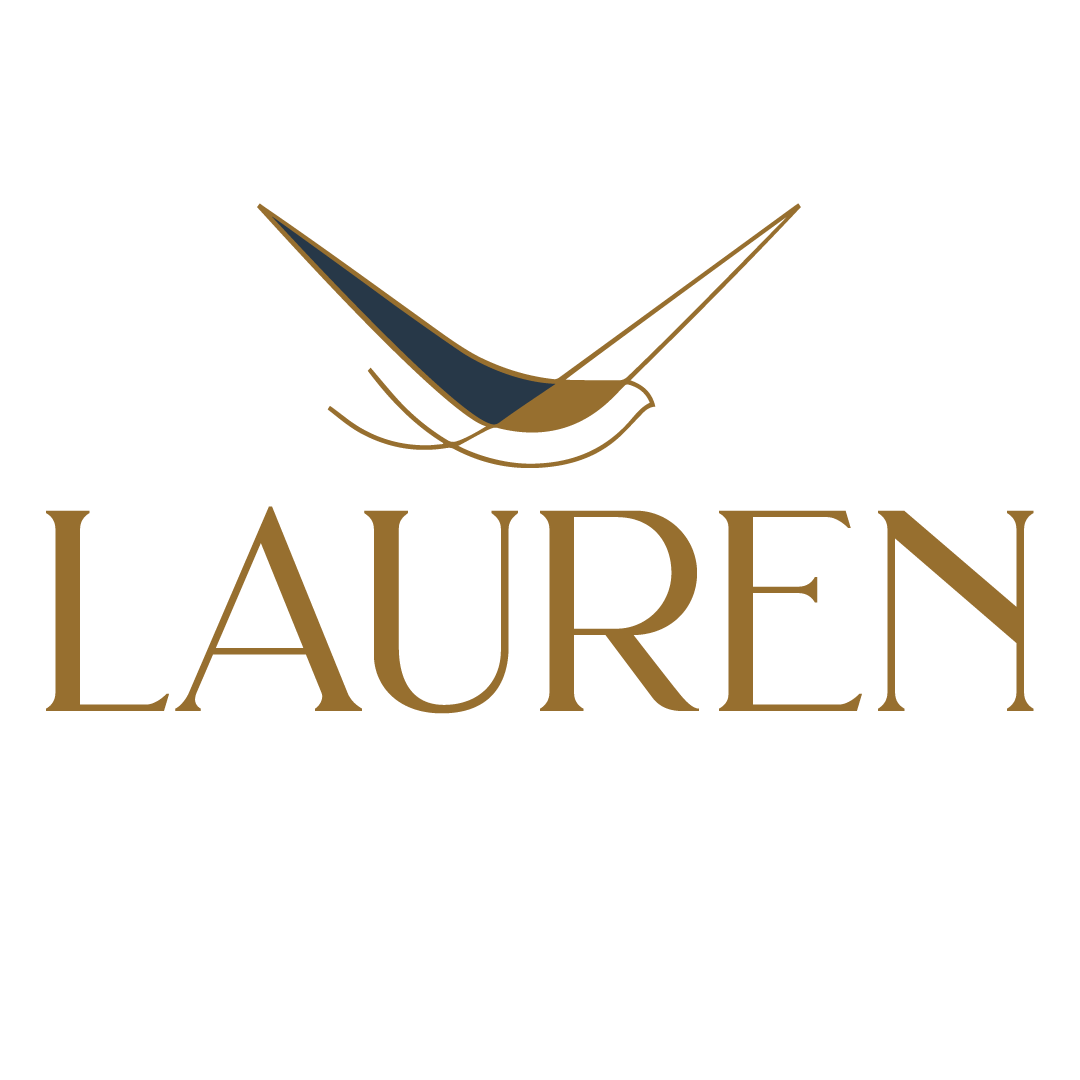Importance of Colors on Branding and Marketing
Learn How Color Psychology Shape Consumer Emotions and Brand Identity
Color is more than just a visual element in design; it plays a crucial role in shaping emotions, influencing decisions, and even defining a brand’s identity. In fact, color psychology is one of the most powerful tools that marketers and designers use to elicit specific reactions from consumers. The strategic use of color can build trust, create excitement, enhance recognition, and even drive sales. Whether you’re designing a logo, building a website, or crafting a marketing campaign, the colors you choose can have a profound impact on consumer behavior and brand perception.
In this blog, we’ll dive into the science of color psychology, explore how different colors impact emotions and actions, and examine how businesses can leverage this knowledge to strengthen their branding and boost engagement.
Understanding Color Psychology
Color psychology is the study of how colors affect human emotions and behaviors. Different colors evoke different psychological responses, often based on cultural meanings, personal experiences, and biological factors. For example, warm colors like red and yellow tend to evoke feelings of excitement or urgency, while cool colors like blue and green have a calming, trustworthy effect.
By understanding these associations, businesses can select colors that align with their brand values and influence consumer behavior in a way that drives desired actions, such as making a purchase, signing up for a service, or simply engaging with content.
How Colors Affect Consumer Behavior
Colors impact consumer decisions in subtle yet significant ways. Research shows that nearly 85% of consumers make purchasing decisions based on color alone. Here are some of the most common colors used in branding and how they influence consumer behavior:
1. Red: Excitement, Urgency, and Passion
Red is often associated with energy, passion, excitement, and even danger. It’s a color that grabs attention and stimulates the senses. As a result, it’s commonly used in marketing campaigns that seek to create urgency or excitement, such as clearance sales or product launches.
- Consumer Behavior Impact: Red can trigger an immediate emotional response, making it an ideal colour for calls to action (CTAs) or promotions. It increases heart rate and can create a sense of urgency, encouraging quick decision-making.
- Brands That Use Red: Coca-Cola, McDonald’s, and Target.
2. Blue: Trust, Security, and Calm
Blue is one of the most universally liked colors and is often associated with trust, reliability, and professionalism. It has a calming effect, which is why it’s commonly used by financial institutions, healthcare companies, and tech brands to convey stability and safety.
- Consumer Behavior Impact: Blue inspires trust and confidence, making it an excellent choice for brands looking to build long-term relationships with their audience. It also helps reduce anxiety, which can be crucial for industries like finance or healthcare.
- Brands That Use Blue: Facebook, PayPal, and IBM.
3. Yellow: Optimism, Happiness, and Caution
Yellow is a bright and attention-grabbing color that is often linked to positivity, happiness, and optimism. However, it can also be associated with caution (think of yellow traffic lights). In branding, yellow is used to evoke feelings of cheerfulness and friendliness, but it’s also a color that demands attention.
- Consumer Behavior Impact: Yellow is often used to stimulate mental activity and generate excitement, making it effective in promotional materials or advertising campaigns. However, too much yellow can be overwhelming, so it’s best used sparingly.
- Brands That Use Yellow: McDonald’s, Snapchat, and IKEA.
4. Green: Growth, Health, and Nature
Green is commonly associated with nature, growth, health, and wealth. It’s a color that conveys a sense of balance and harmony, which is why it’s often used by brands that emphasis sustainability, organic products, or wellness.
- Consumer Behavior Impact: Green evokes feelings of relaxation and renewal. It’s often used in branding for eco-friendly or health-focused products, and it can create a sense of peace and tranquility.
- Brands That Use Green: Starbucks, Whole Foods, and Tropicana.
5. Orange: Creativity, Fun, and Affordability
Orange is an energetic and fun color that combines the excitement of red with the optimism of yellow. It’s often used by brands that want to appear friendly, creative, and approachable. Orange can also be seen as a color of affordability, making it a popular choice for discount brands.
- Consumer Behavior Impact: Orange can stimulate activity and enthusiasm, making it a great choice for calls to action or seasonal promotions. It’s especially effective when targeting a younger audience or consumers looking for value.
- Brands That Use Orange: Home Depot, Fanta, and Nickelodeon.
How to Leverage Color Psychology in Your Branding
Now that we understand the psychological impact of different colors, how can businesses use this knowledge to improve their branding and design? Here are a few tips to effectively integrate color psychology into your branding:
- Know Your Brand’s Personality: Define your brand’s core values and personality before choosing colors. Are you a fun and energetic brand (orange)? Or are you a professional, reliable business (blue)? Your color choices should align with these attributes to create a cohesive brand image.
- Consider Your Target Audience: Different colors evoke different emotions depending on cultural context and individual experiences. For instance, red may evoke excitement in Western cultures but be associated with danger in other parts of the world. Make sure to research your target market’s preferences and cultural associations.
- Use Colors to Guide Consumer Behavior: Use colors strategically in your design to guide users toward desired actions. For example, use bold, contrasting colors for calls to action (CTAs) to draw attention and prompt engagement.
- Maintain Consistency Across All Touchpoints: Once you’ve selected your brand colors, use them consistently across your logo, website, marketing materials, and social media profiles. Consistency helps strengthen brand recognition and builds trust with your audience.
- Test and Optimize: Not all colors will resonate the same way with your audience. Test different color combinations, analyze user behavior, and optimize your design based on data to find what works best for your specific market.
Conclusion: The Power of Color in Branding
Color is a powerful tool in shaping how consumers perceive your brand and influencing their behavior. By understanding the psychological impact of colors, businesses can create compelling branding that resonates with their audience and drives action. Whether you want to convey trust with blue, excitement with red, or creativity with purple, your color choices should align with your brand’s message and the emotions you want to evoke.
At Lauren Design Studio, we help businesses harness the power of color psychology to build brands that stand out, connect with audiences, and drive results. Let us help you choose the perfect colors to bring your brand to life!







